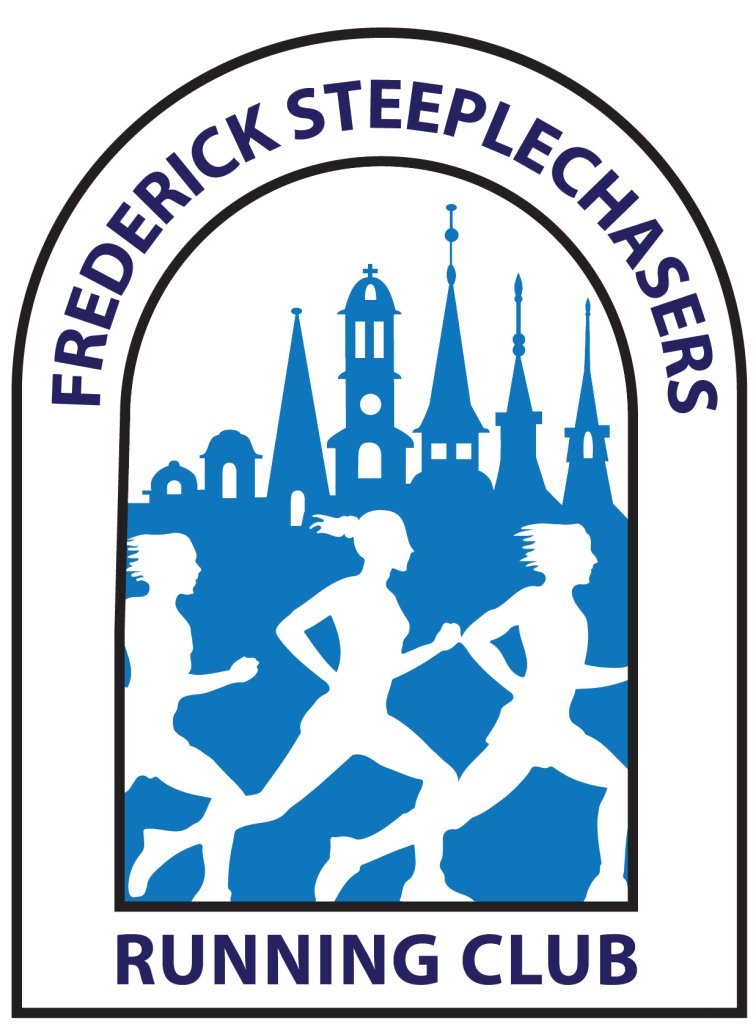This blog post was written by special guest, Steeplechasers member, and our Signature Race Summer Solstice 8K 2023 Premier Sponsor, Dr. Matt Silver.
Run training can be strenuous on your body. To prevent running injuries and maximize
performance, it’s crucial that precautions are taken. Here are important exercises and tips for
running injury prevention.
Exercises to do for Running Injury Prevention
Strength training can help you develop stronger muscles, enhance your form and avoid injuries.
Focus on exercises targeting the legs, hips, and core – such as lunges, squats, and planks with
twists. Here are a few great exercises to incorporate into your strength training program.
Lower Body
- Elephant walks (hamstring stretch)
- Runners lunges with rotation
- Quad stretch
- Heel raise
- Hip thrust
- Bulgarian split squats
- Shin raises
Upper Body
- Upper back release
- Pec release
Core
- Plank with a twist
- Side planks with clamshell
6 Tips for Running Injury Prevention
In addition to a strength training program, remember these tips before, during, and after your
runs to help avoid injury.
- Warm up, Warm up, Warm up
Before beginning to run, it is essential to do a proper warm-up. A suitable warm-up routine
includes dynamic stretching exercises that will increase heart rate, activate muscles, move
blood from the organs to the muscles, and more to get your body primed and ready to run! - Work on Your Running Form
Running form is one of the most overlooked aspects of running and can be improved. Some of
the more common problems with running form include:
— Overstriding
— Bouncing
— Collapsing
— Leaning too far backward - Breathe Correctly
Correct breathing techniques can help improve running efficiency and decrease aches and
pains, especially in the neck and shoulders! You want to focus on breathing in through your
nose and out through your nose as much as you can.
Our nose was made for breathing, and our mouth was made for eating. We should keep the two
separate for as long as possible! A great way to start working on this is to practice breathing in
and out through your nose when walking, at work, sitting, etc.
Practice nose breathing outside of running as well as during running.
Eventually, we’ll have to use our mouth to assist in breathing; however, this occurs at higher-
intensity running.
Breathing through your nose also helps you use your diaphragm and less neck musculature.
This is how diaphragmatic breathing can help reduce neck and shoulder tightness when
running. - Select the Appropriate Shoe
Selecting appropriate running shoes is an important part of staying healthy. Ensuring you have
a comfortable-fitting shoe is the number 1 advice for choosing running shoes.
One piece of advice when selecting a shoe is to choose a shoe with a smaller heel-to-toe drop.
This drop will raise your heel off the ground and actually shift your center of mass forwards. This
shift in your center of mass commonly causes knee pain and overuses the quadriceps in
runners.
Consider transitioning to a zero-drop shoe, which has no difference in the heel to toe ratio. - Hydrate and Refresh
Staying hydrated properly is key for optimal body functioning, so drink plenty of water
throughout your run, before, during, and after. You should aim to drink about 5–10 fluid ounces
of water every 15–20 minutes during your run, and at least 16 ounces after you run. Carry awater bottle if you’re planning a long run, or plan a route near water fountains to remain hydrated.
- Post-Run Recovery
After each run, allowing yourself time and space for recovery is essential. Light stretching for at
least two minutes will help, especially if you want to improve your mobility. Using a foam
roller/lacrosse ball for soft tissue work on your legs will be a self-massage and improve stiffness
in certain tissues. Give yourself enough rest before setting out again on another journey. It’s
okay to take an extra easy day off from running.
In Closing
Following these tips and exercises for running injury prevention can help keep you healthy and
injury-free while enjoying your runs. By keeping these precautions in mind, you can continue
improving your running ability while decreasing injury risks.
Matt Silver is a Maryland physical therapist specializing in PT for runners. He is the owner of
Alpha Project Phyzio & Performance, a PT clinic that works with athletes and active adults. Find
a nearby PT location, with clinics in Germantown, Frederick, and, our newest location, in
Columbia.

